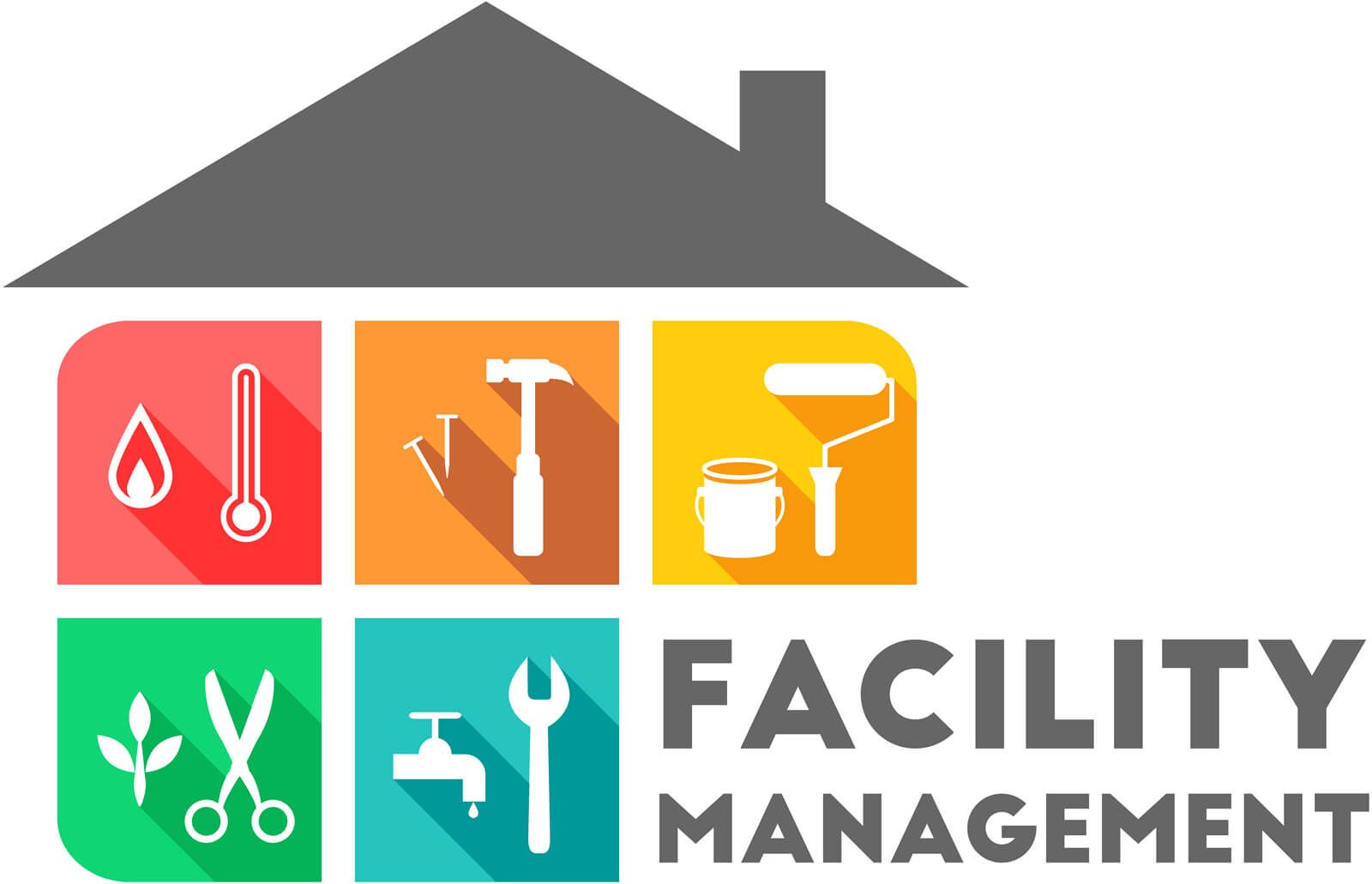Total Facility Management Explained: A Resource for Business Owners
Total Facility Management Explained: A Resource for Business Owners
Blog Article
Top Benefits of Total Facility Management for Streamlined Workflow
Total Facility Management (TFM) represents a strategic technique to enhancing functional efficiency by incorporating numerous solutions, such as maintenance and protection, under a unified management structure. The question stays: what details advantages can companies harness from adopting TFM, and exactly how might these advantages transform their operational landscape?
Boosted Functional Performance
Improved operational effectiveness is a key benefit of carrying out total facility management (TFM) approaches. TFM encompasses a detailed strategy to managing a center's sources, procedures, and infrastructure, eventually simplifying operations. By consolidating different solutions-- such as upkeep, cleaning, safety, and room management-- TFM enhances and reduces redundancies sychronisation amongst various functional features.
The combination of modern technology further amplifies this efficiency. Advanced facility management systems provide real-time data analytics, enabling facility supervisors to make enlightened choices that boost operations and source allowance. Anticipating upkeep methods, for example, expect equipment failures prior to they take place, lowering downtime and expanding possession life expectancy.
Furthermore, TFM promotes standardized procedures throughout different departments, ensuring uniformity and top quality in solution delivery. This uniformity lowers functional interruptions and fosters an extra joint workplace. Consequently, staff members can concentrate on their core responsibilities, driving performance and improving general performance.

Cost Decrease and Savings
Executing total facility management (TFM) not just enhances operational performance but likewise dramatically contributes to cost decrease and financial savings. By consolidating different solutions under a single management structure, companies can remove redundancies and streamline processes, thus minimizing functional costs. TFM makes it possible for far better procurement methods, permitting companies to work out bulk investing in agreements with providers and provider, bring about lower prices.
Furthermore, TFM highlights preventative upkeep, which decreases unanticipated breakdowns and extends the lifespan of vital devices. This positive technique not just minimizes repair service prices yet additionally boosts the integrity of facilitiess, making sure undisturbed procedures. Furthermore, energy effectiveness initiatives, frequently an essential focus of TFM, lead to significant financial savings on energy expenses, as facilitiess are optimized for reduced power intake.
Improved Resource Management
Effective source management is a cornerstone of total facility management (TFM), enabling companies to maximize the usage of their possessions and workforce. By applying TFM approaches, organizations can comprehensively assess their source allowance, guaranteeing that every asset is made use of effectively and efficiently. This all natural technique enables the recognition of underperforming sources and the potential for reallocation or improvement.
On top of that, TFM facilitates the assimilation of innovation for real-time monitoring of sources, which aids in forecasting maintenance demands and stopping pricey downtime. By leveraging information analytics, organizations can make educated decisions regarding resource implementation, ultimately improving productivity and minimizing waste.
Furthermore, TFM advertises a culture of constant improvement, motivating groups to frequently evaluate and fine-tune their source management methods. Total Facility Management. This aggressive stance not just minimizes operational disturbances but likewise cultivates technology, as staff members are empowered to suggest renovations based on their firsthand experiences with source application
Streamlined Communication Channels
In total facility management, streamlined communication channels play a critical duty in promoting partnership and performance throughout groups. Effective interaction makes certain that all stakeholders, including facility managers, maintenance personnel, and solution providers, are aligned with organizational objectives and functional needs. By establishing clear lines of communication, groups can quickly resolve concerns, share updates, and implement services, thus lessening downtime and boosting performance.
With systematized interaction systems, details is conveniently obtainable, permitting real-time updates on upkeep requests, resource allotment, and job timelines. This transparency not only decreases misunderstandings but also empowers employees to make informed choices promptly. In addition, structured interaction assists in much better sychronisation during emergency situations, making certain that all employees are educated and can respond quickly.
Boosted Concentrate On Core Activities
A key advantage of total facility management is the raised concentrate on core activities, allowing organizations to focus on their key organization objectives - Total Facility Management. By outsourcing non-core features such as protection, cleansing, and upkeep, business can reroute their resources and energy towards tactical initiatives that directly add to their affordable benefit and growth
Total facility management integrates different functional tasks under a solitary umbrella, fostering efficiency and reducing redundancy. This Full Article debt consolidation not only improves processes but also enhances accountability, ensuring that every facet of the facility operates harmoniously without diverting focus from what absolutely matters-- core organization features.
Moreover, this method enables employees to commit their effort and time to tasks that drive development and improve consumer fulfillment, as opposed to getting stalled by functional challenges. With a dependable facility management partner taking care of daily operations, companies can accomplish greater dexterity, respond promptly to market modifications, and maintain a sharper concentrate on their objective.
Eventually, increased concentrate on core tasks causes boosted general efficiency, allowing companies to strengthen their market setting and accomplish their tactical objectives more successfully. - Total Facility Management
Conclusion
In conclusion, Total Facility Management considerably improves functional effectiveness by settling crucial solutions and find out leveraging information analytics for educated decision-making. Price reductions and enhanced resource management contribute to overall cost savings, while streamlined communication channels foster collaboration among stakeholders.
Total Facility Management (TFM) stands for a critical strategy to boosting functional efficiency by incorporating different services, such as upkeep and safety and security, under a unified management framework.Improved operational performance is a main benefit of carrying out total facility management (TFM) approaches. Advanced facility management systems supply real-time information analytics, allowing facility managers to make educated decisions that enhance process and resource appropriation.Carrying out total facility management (TFM) not just improves operational effectiveness but additionally significantly contributes to cost reduction and savings.Reliable resource management is a cornerstone of total facility management (TFM), allowing companies to enhance the use of their assets and labor force.
Report this page